The Importance of Sewing Tools
Sewing is an essential skill that has been passed down for generations. From simple hand stitches to advanced machine techniques, sewing is a crucial part of creating and mending clothes, accessories, and household items. However, to achieve the best results, a seamstress needs to have the right tools at their disposal.
Sewing tools not only make the process easier but also ensure that the final product is of high quality. Each tool serves a specific purpose, and understanding their uses and characteristics is vital in producing professional-looking garments. So, let’s take a closer look at some of the most commonly used sewing tools and their functions.
Measuring and Cutting Tools
Accurate measurements are essential to sewing, and that’s where measuring tools come in handy. A measuring tape is the most basic tool and is used to take body measurements or measure fabric. Another indispensable tool is the sewing gauge, a small ruler with movable markers that allow for precise measurements while marking hems or pleats.
Cutting tools are also crucial, and they include scissors, shears, and rotary cutters. Scissors have two blades of equal length and are used for cutting fabrics, while shears have a longer blade and are used for more delicate fabrics. Rotary cutters, on the other hand, have a circular blade that rotates when pushed, making them perfect for cutting multiple layers of fabric with ease.
Marking and Sewing Tools
When it comes to marking fabrics, tools such as tailor’s chalk, dressmaker’s carbon paper, and water-soluble or air-erasable pens are commonly used. These tools allow you to transfer pattern markings onto the fabric without damaging it. Seam rippers are also essential for removing unwanted stitches and correcting sewing mistakes.
Sewing needles, pins, and bobbins are also vital sewing tools. Needles come in different sizes and are used for hand sewing, while pins hold the fabric pieces together when sewing by hand or machine. Bobbins are small spools that hold the thread on the underside of your sewing machine, ensuring that the thread doesn’t tangle.
Pressing Tools
Pressing tools are used to create crisp and professional-looking seams. An iron is the most common pressing tool, and it is used to remove wrinkles and creases from fabric. A tailor’s ham or a sleeve roll is essential for pressing curved or hard-to-reach areas. For more delicate fabrics, a pressing cloth is recommended to prevent any damage to the fabric.
Another handy pressing tool is a pressing board, which provides a firm and flat surface for pressing seams open or closed. It is also great for pressing small or intricate pieces of fabric. With the right pressing tools, you can achieve a clean and polished finish for your sewing projects.
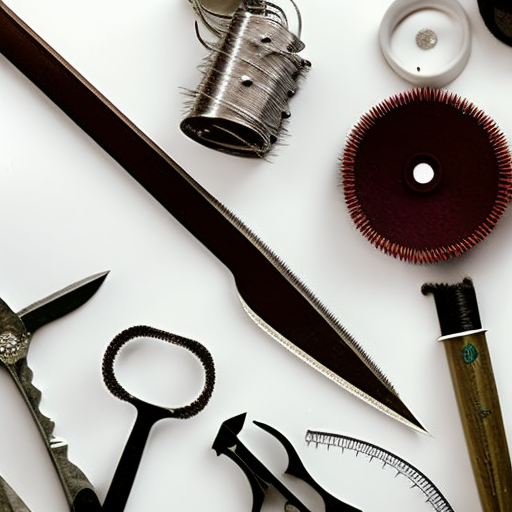
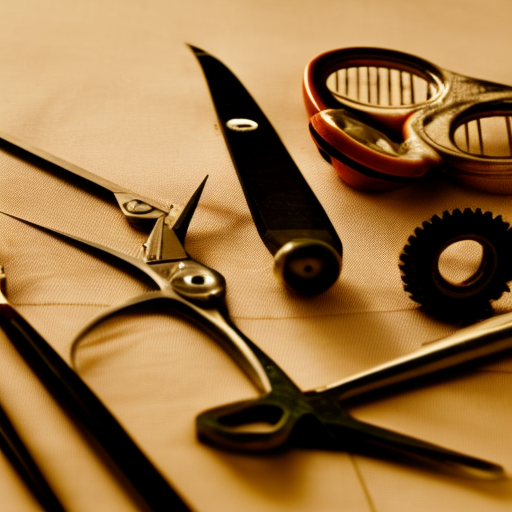
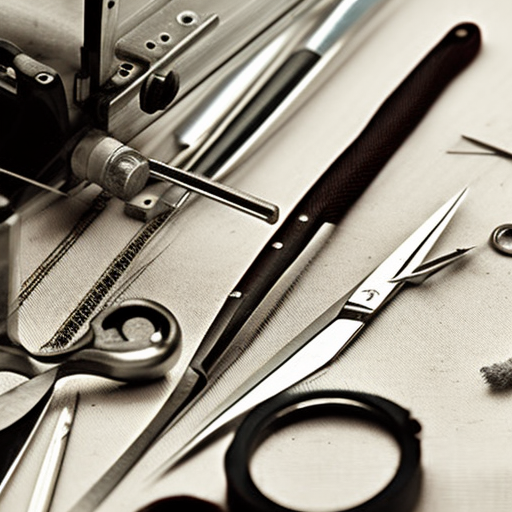
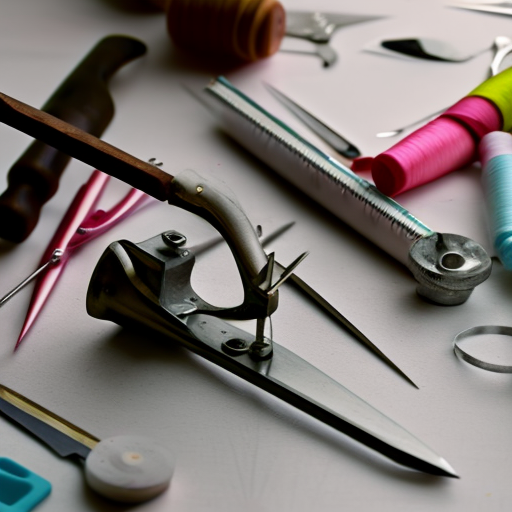
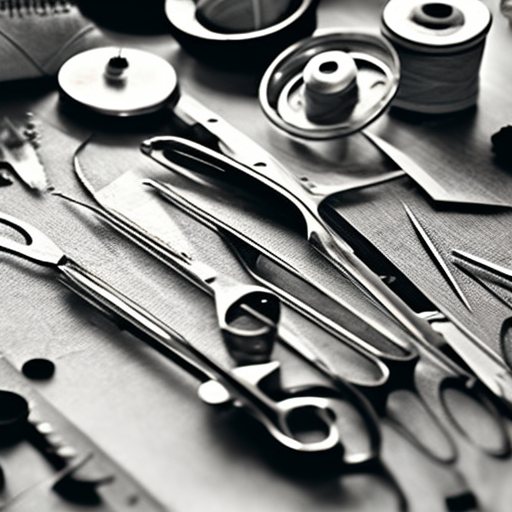
Great overview of sewing tools and their uses.
Amit Panda: Very informative and helpful article!
Very interesting article that provides a comprehensive overview of sewing tools and their uses and characteristics for hobbyists and professionals alike!
A must-read for anyone looking to learn more about sewing tools.